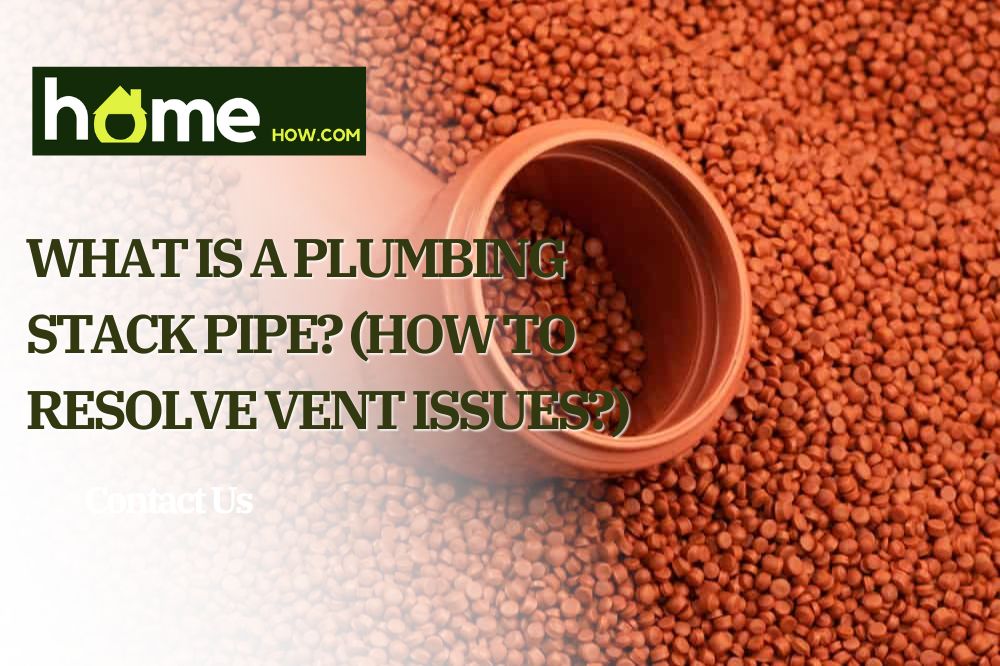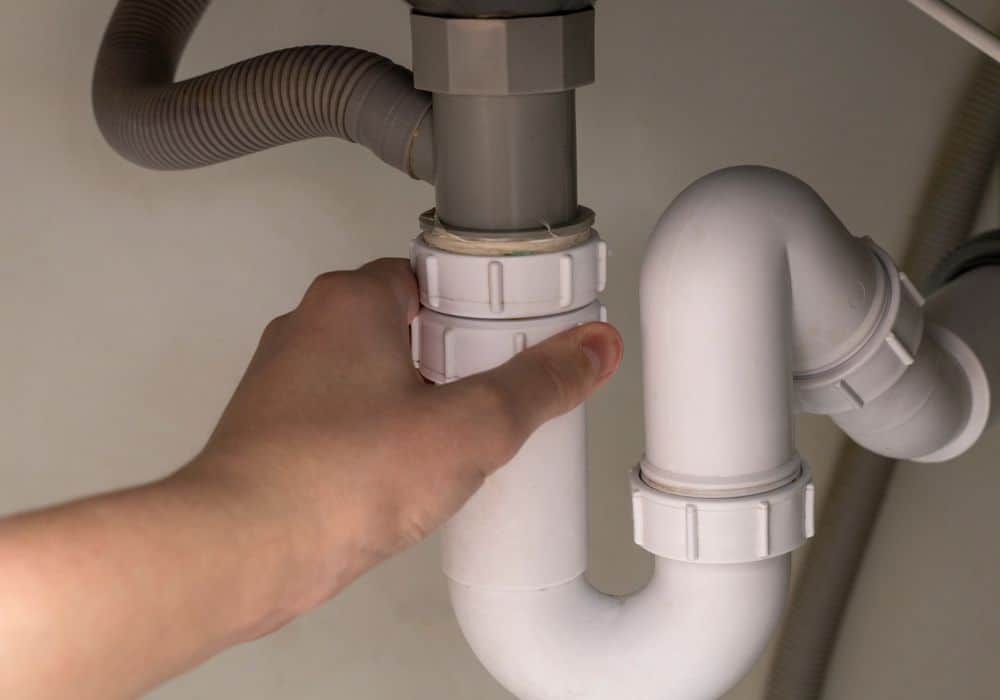Do you have an idea what is a plumbing stack pipe? From draining off wastewater to managing the pressure in the drainage system, stack pipes are a key factor in the entire plumbing system. Thus, problems associated with this negatively impact the entire pipe structure.
So, in this article, we will go through the ABCs of plumbing stack pipes―its core definition, categories, common problems, and maintenance tips. Let’s get started with a comprehensive discussion of this rather essential pipe component.
Defining what a plumbing stack pipe is
The plumbing system is quite a complicated assembly of pipes, and each section holds a pivotal function for the entire structure to work. And one of the most crucial parts is none other than the plumbing stack pipe, or the main drain line of the entire plumbing drainage system.
It’s easy to distinguish the stack pipe from other pipes because of its dimension and arrangement. It is a big tube that carries all wastewater and other sediments from different parts of your household, including drains, showers, toilets, bathtubs, and sinks.
More so, it is positioned in a vertical manner, where a series of minor pipes is connected such as drain stacks, soil stacks, and vent stacks. Hence, a plumbing stack pipe is often known as a three-part stack, which unfortunately is not widely used by plumbing professionals.
Even so, it’s important that you can easily comprehend this for future reference. So, we will expound further on the primary sections of plumbing stack pipe in the next headings.
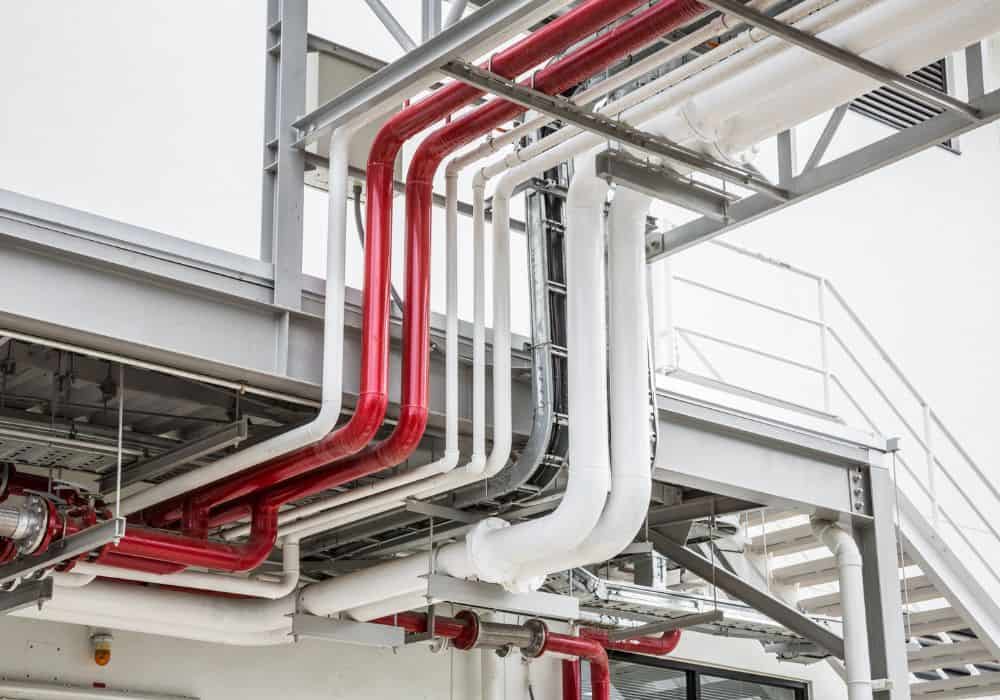
Understanding the three chief sections of a plumbing stack pipe
1. Drain stacks
Many people have a hard time distinguishing drain stacks from plumbing stack pipes. To help you out, let’s first discuss plumbing stack pipe.
As mentioned earlier, a stack pipe is the entire vertical pipe that runs through different areas of your home, serving as the main channel of the plumbing system. Meanwhile, drain stacks are vertical pipes that encompass a section of your home.
In simpler terms, if you have a 3-story household, the plumbing stack pipe is the line that covers everything, from the ground floor up to the third floor. On contrary, the drain stacks are the specific lines on each floor, encompassing the top and the lowest fixtures of every drain pipe.
2. Soil stacks
Now, for the next component, we have soil stacks, which refer to the lowest plumbing fixture of the main sewer line. This vertical pipe is generally situated outside your household as it carries the wastewater or sewage to the drainage system and to the sewerage treatment plant.
Since it carries both solid and liquid waste, a soil stack should follow a certain dimension. Often than not, this is much larger than a waste pipe to ensure a smooth-sailing flow of wastewater and other sediments.
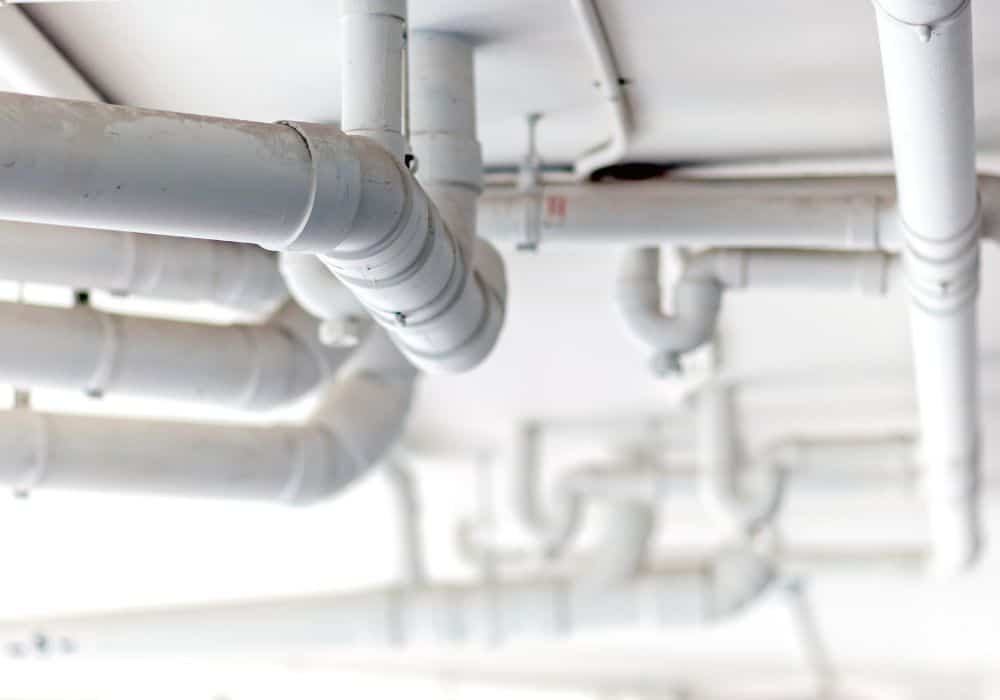
3. Vent stacks
To complete the three-part stack, there’s the vent stack, a vertical pipe that trails upward the drain line to the open-air space. Unlike other pipes, this one does not transport wastewater or sewage. It’s only used as a stack for venting, which is pivotal in the entirety of the drain-waste-vent system.
A plumbing vent stack is essential as it is considered the primary vent system where other vents are connected. The installation of a vent stack minimizes the possible risk of pressure caused by sewer gases. More so, it is recommended that the main vent stack runs through open air to prevent gas leakage.
Some may associate vent stacks with stack vents. Although these two are likely the same in terms of functionality, there are key differences that you need to learn. And since you already understand the former, let’s discuss the latter further.
In comparison to vent stacks, stack vents serve as the extension of the waste pipe. This is located at the uppermost section of the waste stack, connecting to the roof and excreting the sewer gases.
There are different types of plumbing air vents available in the market. Each has a certain function that you should know in detail to be able to choose the correct one for your needs.
- The most popular type is the true vent, which is the vertical pipe fastened to the drain line, venting from the roof.
- A common vent, on the other hand, is one positioned between two fixtures. This vent is primarily fitted on opposite sides of a wall, connecting to the stack via a sanitary cross.
- Another option is the auxiliary vent, the one that is linked to the drain line, and runs up to the main vent. Sometimes, this is located at the back of the plumbing fixture.
- Lastly, there’s the Air Admittance Valve, commonly known as AAV. This is technically a valve that unlatches the wastewater drain. Capitalizing on the importance of gravity, these valves are tasked to let fresh air in while also stopping sewerage gases to enter the room.
Uncovering some problems with the stack pipes and vent stacks
Now that you have a thorough grasp of the plumbing stack pipe outline, it’s also important to know the typical problems associated with stack pipe and drainage pipe in general.
A clogged vent is one of the common yet very risky plumbing problems. Below are some of the ways to determine if there is a blockage in the plumbing vent:
- gurgling sounds from your bathroom or kitchen sink when flushing
- smelly bathroom and kitchen that arises near the drain and pipe
- weak flushing in the toilet
- slow drainage in the sink or shower
If you encounter one of these signs, then you need to act immediately. Blockages in the pipes and vents lead to the accumulation of negative pressure in the plumbing system, which then affects the flow of sewage and wastewater in your house.
And when the transportation of dirty waters and sediments from your home is interrupted, this leads to further issues―not just with the drainage system but also with your health. When sewage gas creeps into sections of your property, you’ll be bounded by unpleasant odors that could be harmful to your body.
If these indications are continuously ignored, this can become fatal. It should be noted that sewer gases contain both hydrogen sulfide and methane. These are highly flammable substances and can be explosive when ignited with flame. And a massive sewage spill is something no one would like to partake of.
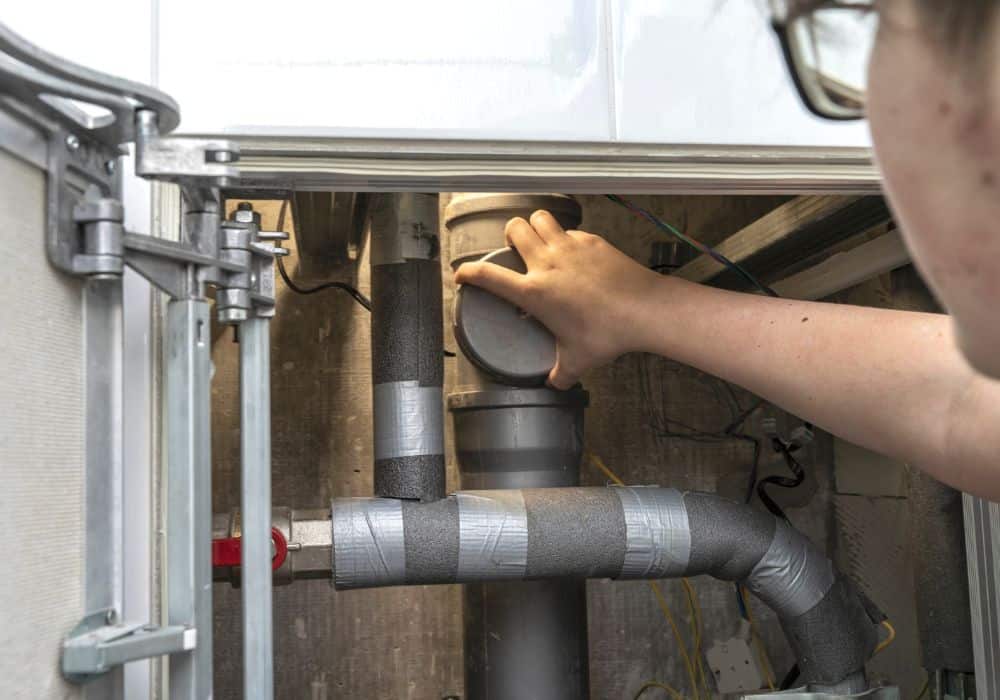
Resolving vent issues on your own
If the main cause of the problem is simple, then there are several ways to resolve a clogged vent.
1. Trim branches
First off, you need to ensure that the vent pipes are unobstructed. Often than not, leaves, stems, and falling debris get into the vent if there is a tree that shades your house. Therefore, you should trim the branches near the vent section and check for any blockages regularly.
2. Make sure no animals are setting up a home in the vent
Checking up on the vent on a regular basis is also helpful to prevent vermin and other rodents from setting up a home in the vent. If this happens, the food and even waste of these animals may cause obstruction in the pipe.
3. Remove any blockage
Cleanliness is a must, and this applies to all parts of the plumbing system. And if there are blockages, then you need to clean and remove the impediments using a plumber’s snake or sometimes called an auger. This tool is very helpful in eliminating unwanted elements inside the vent.
In using this, push the end portion down into the drain. Then, turn the handle and continue pushing the coiled-up snake object until you get a feel of the obstruction. To free the blockage, twist the snake against the restriction. If there is still remaining debris, you may pour hot water to flush out these elements.
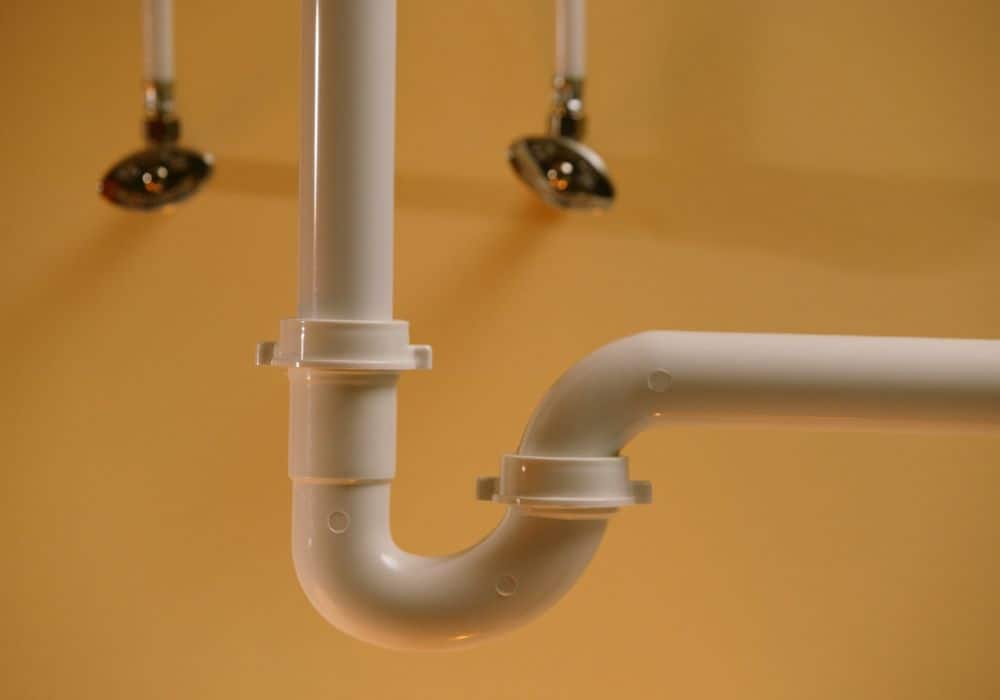
4. Ensure the appropriate vent cap
A vent cap is designed to seal the vent and prevent any precipitation into the pipe. While doing this function, a vent cap also ensures air smoothly enters and vapor freely exit. Therefore, it’s pivotal to have the right vent cap for it to handle these tasks effectively.
5. Replace with a bigger vent
If you’ve been dealing with the same obstruction problems for quite some time, perhaps it’s time for a vent replacement. Your vent might not be enough to cater to the elements passing through the pipes. So, replace it with a bigger vent to efficiently support the drainage system in your household.
Contacting a professional for major plumbing issues
If you have done all the maintenance and cleaning tips above and you still get issues with your drainage or vent, then you need the help of a professional. Plumbers are the most important people when it comes to issues related to blocked pipes or damaged vents.
They can easily diagnose a problem and do repairs in a timelier manner. More so, hiring a plumber is highly recommended if the problem has been recurring or if wastewater or sewage back up into the drain.
Conclusion
Now that you have a solid idea of how a plumbing stack pipe is outlined and how all other major pipes are connected, this allows you to be more at ease with the drainage system and plumbing system in general. Furthermore, this can help you do simple repairs on your own and save money on labor costs.
